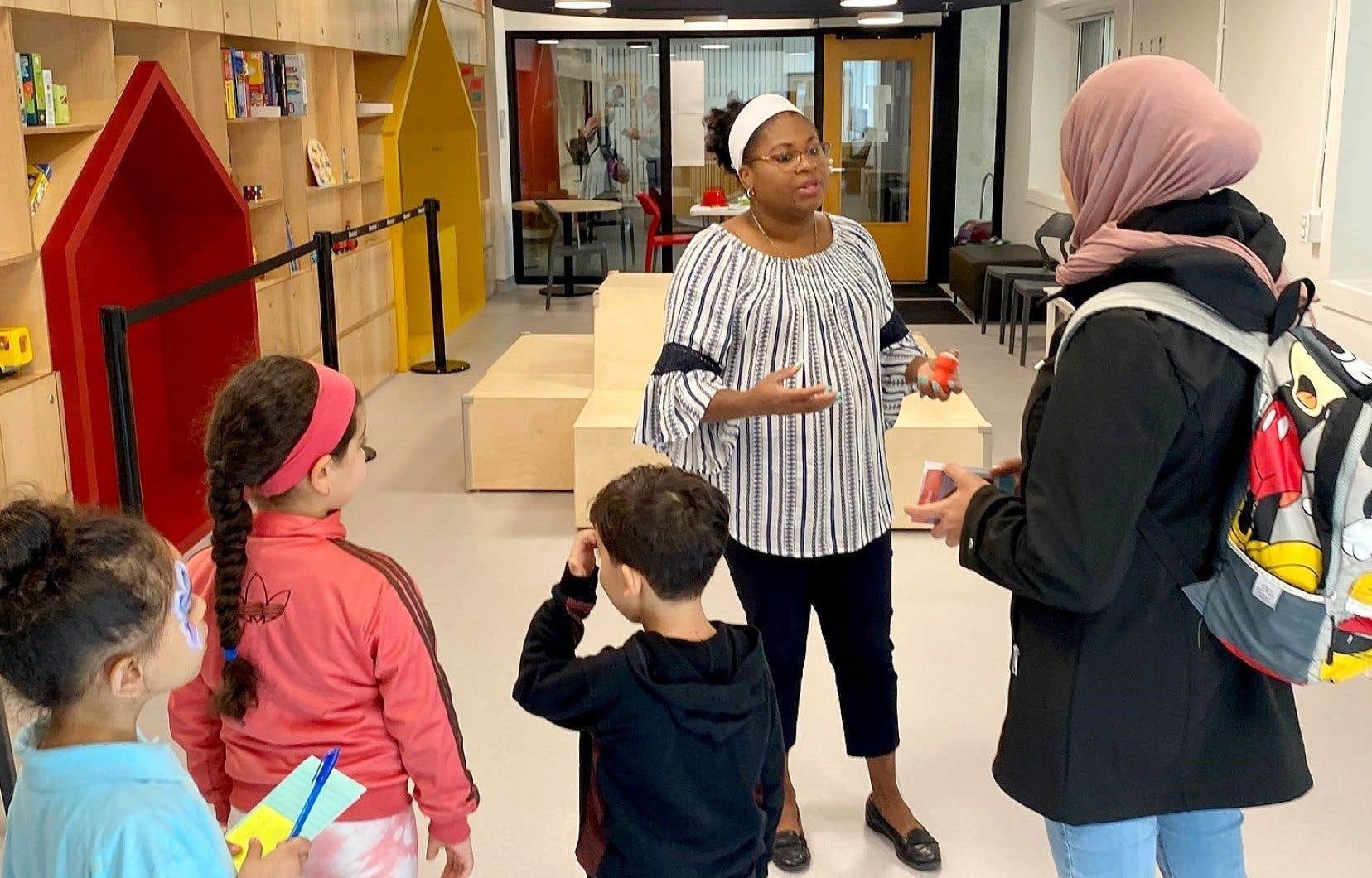This text is part of the special Philanthropy section
A report has highlighted the historic underfunding of the organizations which support them, but the situation tends to improve
In 2020, the report Unfunded. Black communities, the forgotten ones of Canadian philanthropy, published by the Network for the Advancement of Black Communities and the Philanthropy and Nonprofit Leadership program at Carleton University, revealed that organizations serving black communities were underfunded. In fact, the funding granted to them represented 0.7% of the funds disbursed for all the foundations analyzed, during the financial years 2017 and 2018. Black people represented at that time 3.5% of the Canadian population .
This report also highlighted the fact that the funding received by organizations supporting black communities was “short-term and not adequate […]which prevented organizations from adopting strategic approaches and addressing problems in all their complexity.
For Linda Tchombé, director of philanthropic development at the Foundation of Greater Montreal (FGM), this result is the result of ignorance. “People will naturally tend to support organizations or communities that they know,” she says, adding that the way donations are made hasn’t really changed in recent decades, while the fabric Canadian society has evolved. “This widens inequalities between communities,” she notes.
A slow evolution
In order to respond to one of the report’s recommendations, one of its authors, Liban Abokor, co-founded the Foundation for Black Communities (FPCN) in 2020. “Instead of trying to change the behavior of the entire philanthropic sector,” he explains, “we recognized that we needed to create a foundation that would focus on black communities as a safety net. »
The FPCN has since raised $200 million in donations from various organizations such as Sun Life, Canadian Tire and the Chagnon Foundation.
According to him, several events are behind the increase in investments in black communities between 2020 and 2021. Since 1er January 2023, the disbursement quota for the country’s charities increased from 3.5 to 5% for the portion of the value of property exceeding $1 million. Additionally, changes to the legislation now allow registered charities to make qualifying payments to organizations that are not qualified donees, “as is the case with many Black organizations,” says Ms. .
Just like the director of the FGM, the latter notes that the murder of George Floyd by a police officer in 2020 in the United States has brought a certain awareness. “Philanthropic foundations, organizations, businesses and even government […] faced the question of how to respond to the systematic racism that exists in our society,” says Liban Abokor.
He adds that the black population has been more affected than the average population by the COVID-19 pandemic, which has also brought social awareness.
Reflect Montreal’s diversity
According to the Canadian government website, foreign-born people donate more to charities on average than those born domestically. “In ethnocultural communities, [la philanthropie] is part of the way people live,” explains Linda Tchombé. She adds that in the United States, in black communities, large donor circle funds are affiliated with ethnocultural foundations: “They will support initiatives for their communities. And that changes the situation. »
The FGM is also working with the Observatory of Black Communities of Quebec on an inventory of philanthropy within the province’s ethnocultural communities, which will be released in spring 2025. According to Mme Tchombé, to ensure that we provide marginalized communities with what they need, we must join forces with organizations working on the ground. “The traditionalist model, where the donor pays subsidies by giving long specifications to be respected, does not necessarily work, because the needs within the communities are different,” she explains, emphasizing that the FGM has done some work to ensure that “Montreal diversity” is more reflected in its actions. “We make sure [désormais] that at least 50% of our discretionary grants go to communities that are historically marginalized. »
As for the report Unfunded. Black communities, the forgotten ones of Canadian philanthropy, it will be updated soon with recent data. “The years 2020 and 2021 [qui montrent une augmentation des dons] are not a good indicator because they responded to socio-political stimuli, explains Mr. Abokor. The question is whether this progress has been maintained over time. »
This content was produced by the Special Publications team at Duty, relating to marketing. The writing of the Duty did not take part.
